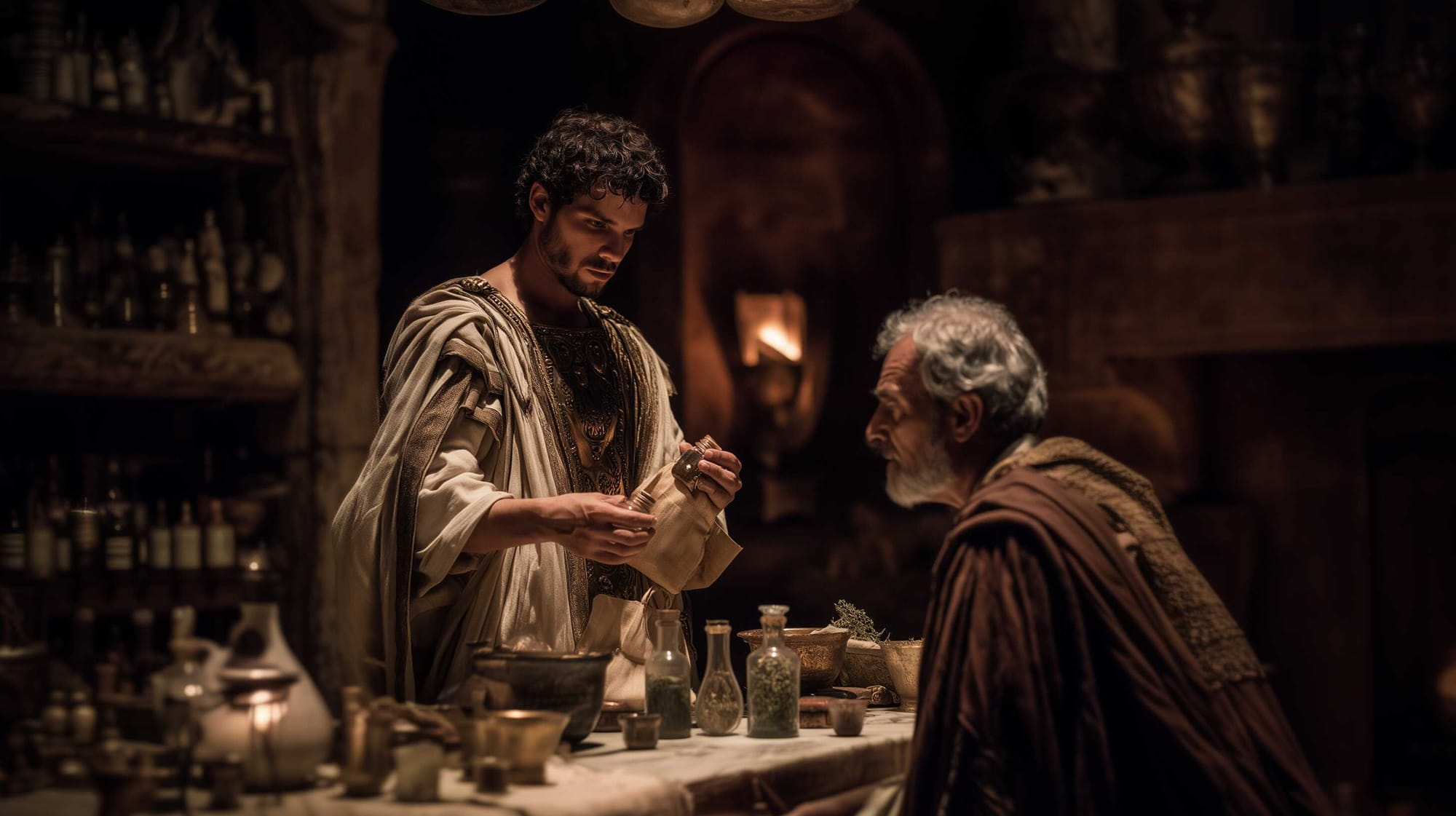Throughout the annals of history, countless figures emerge, cloaked in an aura of intrigue and enigma. One such individual stands stark against the canvas of time – Mary Magdalene. Revered as a saint, condemned as a sinner, her life has been a subject of fervent debate for over two millennia. Yet, lurking beneath the layers of conjecture, what dark secrets does this mystifying figure conceal? How did this woman from a fishing village come to be one of the most enigmatic figures in religious history?
Appearing first in the Gospel narratives of the first century in the year of the Lord, Mary of Magdala has been cast in varied roles - a repentant sinner, an intimate companion of Christ, and the "Apostle to the Apostles". But these interpretations are mere fragments of a much larger mosaic.
As we unravel Mary's intricate narrative, we'll draw upon the writings of early Church Fathers, consider the controversial perspectives presented in the Gnostic Gospels. We'll explore the perspectives of figures like Pope Gregory I, whose homilies cemented Mary's reputation as a penitent sinner, and Dan Brown, whose novel The Da Vinci Code proposed startling theories about Mary's role in Christ's life and the evolution of Christianity.
To echo the words of St. Augustine: "The truth is like a lion. You don't have to defend it. Let it loose. It will defend itself." As we unravel Mary Magdalene's story, we allow the truth to emerge, revealing a tale that is both startling and illuminating. Join us on this voyage into the enigmatic life and the alleged darkest and filthy secrets of Mary Magdalene. Welcome to the diary of Julius Caesar.
The Enigmatic Mary Magdalene. Illuminating a Biblical Icon.
In the vibrant tapestry of the New Testament, a particular figure of intrigue and fascination is Mary Magdalene. A first-century Jewish woman, Mary of Magdala, as she is also known, hails from Magdala, a prosperous fishing village on the Sea of Galilee.
Among the followers of Jesus Christ, she is a prominent figure, with her name appearing a dozen times in the canonical gospels, more than most of the apostles. Mary is noted as a devoted disciple of Jesus, who, according to Luke 8:2, was healed of "seven demons," a description perhaps indicating a grave illness or a spiritual struggle, as per the cultural metaphors of that era.
It is critical to recognize that Mary's life, as portrayed in the New Testament, is the life of a devout follower. She was present at key events in the life of Jesus, an unwavering witness to His journey. She stood by His side at the crucifixion, refusing to leave when many had fled. She was there at His burial, and most notably, according to all four gospels, she was the first to witness the resurrected Jesus.
A notable point of speculation surrounding Mary involves her relationship with Jesus. It has been the subject of conjecture, debate, and art for centuries, with some theories suggesting they might have had a special bond or courtship, a topic widely explored in non-canonical texts and later interpretations. However, such theories largely stem from interpretations and extrapolations rather than direct biblical evidence.
Yet, it's important to note that the labeling of Mary as a 'lady of the night' didn't emerge until the Middle Ages, a result of conflations by Pope Gregory I in the 6th century, who inaccurately combined her story with those of other biblical women. This led to a distorted narrative that shaped Mary's image for over a millennium. Historically, Mary's characterization has been a mélange of misconceptions, intertwining her with the unnamed sinner woman in Luke's gospel and Mary of Bethany.
Strikingly, Mary's life and character serve as an embodiment of transformation and redemption, making her an enduring symbol of hope and resilience. She has been embraced as an empowering feminine figure within Christianity, a model of steadfast faith and devotion. Throughout centuries, her image has been painted by the brushes of many renowned artists, from Titian to Caravaggio, often adorned with a red robe or holding a jar of ointment, symbolizing her act of anointing Jesus' feet.






